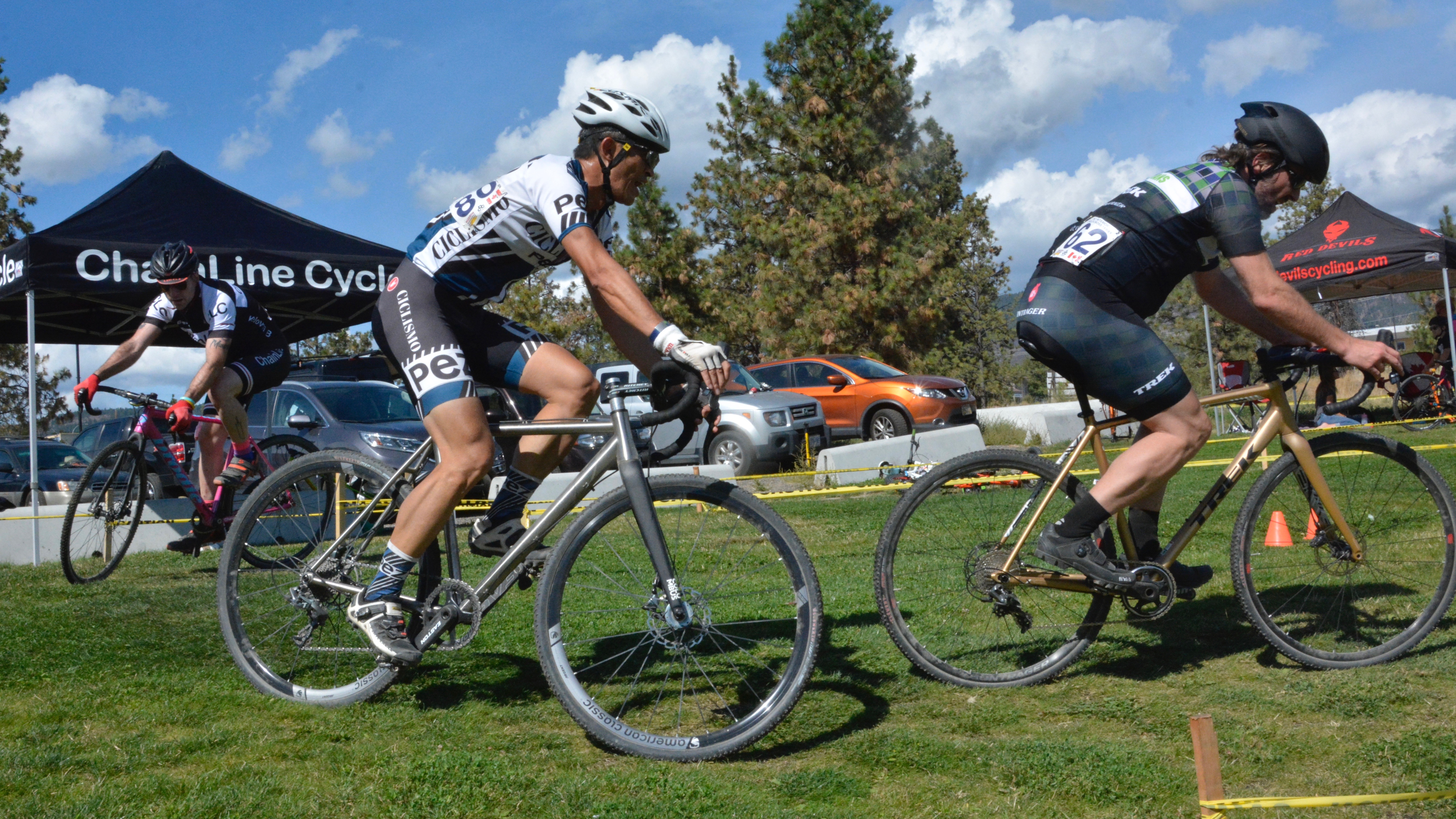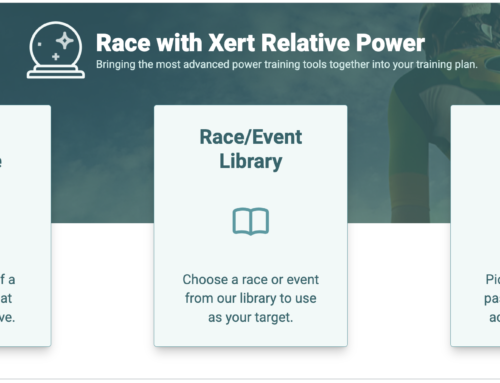The mere mention of cyclocross can make some rider’s heart race with excitement. Usually riders who love a little mud. Or to suffer. Or ideally both! Because CX differs from what many of us do – or train to do – the rest of the year, questions about the specific demands of cyclocross, and how to train for them, often arise.
At Xert we have excellent cyclocross power files to dig into, a whole new way to look at – and use – power data, and some passionate CX’ers on staff to share with you the implications to your training!
Let’s begin by looking at one race that’s like many CX races, followed by more macro set of observations seen across a much broader dataset – with the implications to your training throughout under the ‘Train for It” headline.
CX Demands – Micro Level

SubstanX Cyclocross Summary
“SubstanX” was a 2017 CX race done by our Chief Sport Scientist, Dr. Stephen Cheung. It was a Masters 2 / Elite 3 category race of 50 minutes (ended up 54 minutes for Stephen), completing 7 laps. The course was generally flat with one punchy hill and two barriers per lap. This was a great race to analyze because Stephen ended up in a back-and-forth battle with another racer for almost the entire race, so there was no slacking or just trying to “time-trial” the race.

First lap with start-line power output near your 30s power
Off the start line of this race we see an effort of a little over 10 seconds with a 5 second average of 571W, which can approach your 30 second power. This is the effort – on ‘cold’ legs’ – needed to get a good position for the first corner, a critical time in CX. Over a longer start straight, or start loop, this kind of effort often lasts up to 30 seconds before a corner appears that’s sharp enough to let off the gas.
Train for It
Train your starts! Do workouts of 6-10 all-out efforts off the line in a big gear, with full recovery between each. This is also excellent practice for clipping in and fine-tuning gear selection. In the Xert library of Workouts, search “Cheung CX – Hot Laps” for a workout that replicates these starts quite well. This workout includes 6 start-line sprint efforts…
Over the course of the event there is an incredible amount of work done above threshold (i.e. heavily reliant on HIE). This is only possible because of the many – but very brief – rests leading into more than a dozen corners each lap.
Train for It
This is the time of year to really focus on developing your HIE. That means doing very focused work well above your threshold. Remember, physiologically you adapt to this high intensity work quickly, but it can be very taxing; don’t do more than two of these per week. If you’re racing on the weekend you’ll need even more rest, so do one of these per week to leave your race as the other hard effort.
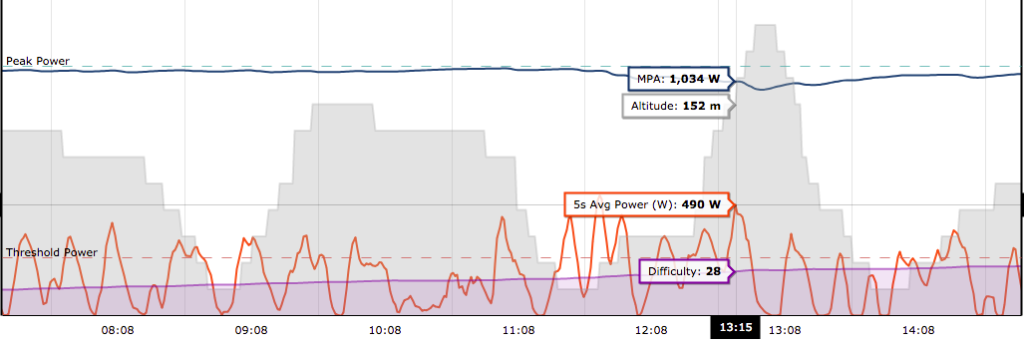
First lap with power up the climb, and impact on MPA.
This race also included a short but steep climb typical of CX. The huge effort required to get up the hill results in a drain on his MPA; it’s at its lowest just after the climb each lap. The climb is short though, so a power output similar to the start of the race (about 200% of threshold) is delivered on every one of the seven laps.
Train for It
It’s rarely necessary to train on long climbs during CX season. Rather, the focus should be on short punchy climbs, especially seated and in a relatively low cadence to replicate the types of courses common in CX. You don’t always need a structured workout to build this capability. If you’re on a club ride with short punchy hills for example, hit the hills hard, seated, and in a big gear to build this kind of power.

At the end of the race we see another big surge in power. CX is often ‘shoulder-to-shoulder’ with other riders, whether for a podium place or not, so a sprint close to or at the line is not uncommon. In this race, Stephen had the highest XEP of the entire race (206 W) with two laps to go – when he attacked the other rider and put in a huge effort to establish a demoralizing gap. His last lap XEP was still hard, but lower at 195W as he concentrated on being smooth and not risking his placing.
Train for It
Your ability to handle slow-recovery fatigue remains important despite the relatively short duration of CX races. Consider workouts where you back-load your intervals towards the latter portions of your ride. Even if the absolute power you can generate may not be as high as early on during the ride, you are training your durability and stamina. This is a great time to take advantage the Xert Workout Player option to start the workout later if you like.
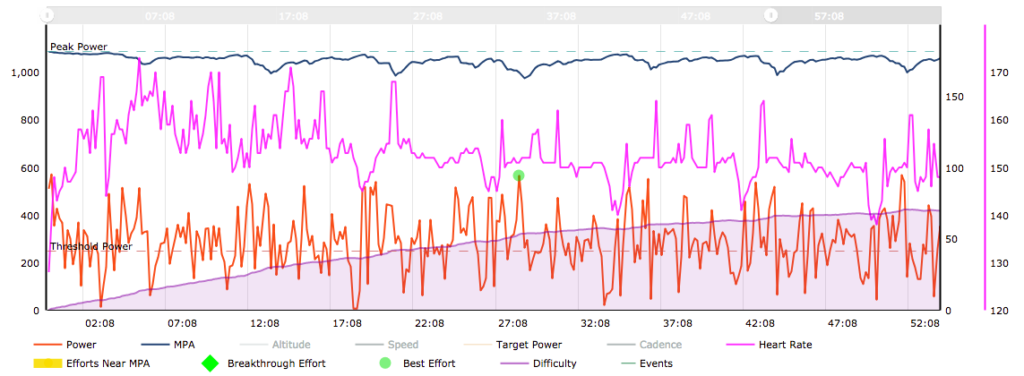
SubstanX Heart Rate
Heart Rate
Heart Rate doesn’t provide the same depth of insight into the demands of CX, or cycling in general, compared to some other sports, but a couple of observations are apparent.
- There is a relatively narrow range during the event, which means that though there may be many moments of recovery (the MPA line is ‘bumpy’), the recoveries are so short that heart rate rarely comes down much.
- If you were to draw a straight trendline through the HR data over the course of the event, it would clearly decline. Here, the athlete is fatiguing over the course of the event, though towards the end he clearly produces some very hard work which pushes his heart rate back up.
Train for It
If you have a heart rate strap, wear it. Heart rate can provide valuable insight how you are generating power and handling the stress of the event (including heat, hydration, etc.)
CX Demands – Macro Level
Where Xert really comes into its own is in its ability to parse out the demands of a race on the macro level, allowing you to tailor your training to suit the unique requirements of your race. As we dig into the data we begin to get a unique picture of a CX race by observing the event’s Focus, Specificity, and Strain.

SubstanX full race MPA Chart
Focus
Different CX races have different Focus types depending on the type of course. The SubstanX race produced a Focus Duration of 4m:15s, so it was categorized as a Puncheur focus. Stephen reports that, over his past few years of CX files, they consistently end up in either the Puncheur or Breakaway Specialist (5 min) focus range.
Train for It
When setting up your Xert Adaptive Training Advisor (XATA) goals, set your desired Athlete Type to Puncheur or Breakaway Specialist. This will direct the system to progress you through the training phases to produce your max power over 4 to 5 minutes by the end of your Peak phase. You can also look through your Activities list and sort by Focus to find rides you’ve done with a Puncheur or Breakaway Specialist profile. ‘Favourite’ these rides and drag them into your Fitness Planner/calendar to remind you what route or group to ride with!
Specificity
Xert considers the relative allocation of strain along the Power Duration curve from a particular activity. There are three categories:
Pure: all the strain matches a specific power on the Power Duration Curve.
Polar: the strain of the activity was either at Peak Power or below Threshold.
Mixed: a rating between Pure and Polar, and most common in cycling.
From SubstanX and many other CX races, we see that the Specificity is Mixed. Power is produced at points all along the Power Duration curve, from Peak Power efforts (coming out of corners), near Threshold Power (along straightaways), and all the way down to much lower power efforts (beginning to approach a corner).
Train for It
CX is not just about sprinting or training maximal efforts. Make sure you maintain your aerobic base and Threshold Power. This is why many of the suggested workouts in XATA will still be at a Focus of GC Specialist (8 min) or Climber (10 min). Remember, the higher your Threshold Power, the more recovery you can collect when the pace slows.
Strain
At 60 minutes or less, the total strain of a CX race may be much less than a long road race or hard club ride. Don’t be fooled though, because the Difficulty Score or XSS/hour can be extremely high. Over the 54 minutes of the SubstanX CX race, Stephen accumulated 75XSS. Stephen has accumulated as much as 101XSS over 62 min. These Difficulty Scores can often place CX races into the 4+ star (Tough) category.
Train for It
Use your Form (colour of stars) as a guide and always listen to your body. Short does NOT mean easy. You need to manage recovery extremely well during CX season. Especially if you do a club CX session during the week and race on the weekend, the rest of your week will likely find you in Tired (yellow) or Very Tired (red) form, and most of your other training may be endurance or recovery rides. This is especially true for Masters racers with many off-bike demands, and those with a Training Status of 3 stars or less.
Last but not least, the library of Workouts in Xert has many workouts relevant to, and specific for, cyclocross. They will either appear in your Recommended Workout list depending on your training phase, Training Load, Form, and other factors, or you can add them to you Fitness Planner (calendar). These are some of our favourites; feel free to search for these by keyword and favourite them by clicking on the star so they’re easy to find later:
| Name | Duration | Focus | Rating | XSS | Peek |
|---|---|---|---|---|---|
| Cheung CX – 2×20 min Over-Unders | 00:55:00 | Climber | 3 – Difficult | 86 | 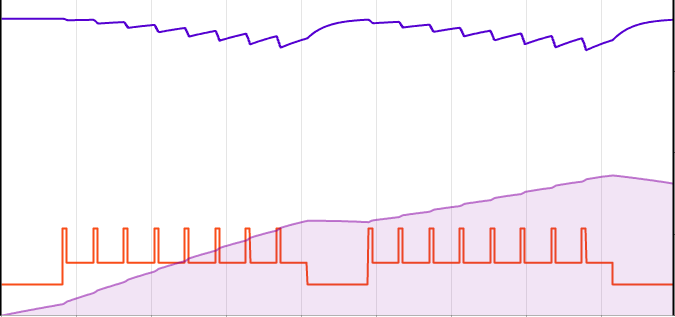 |
| CX – Draining the Swamp | 01:03:23 | GC Specialist | 4 – Tough | 137 |  |
| Cheung CX – Ronnestad | 00:58:15 | GC Specialist | 5 – Hard | 157 |  |
| Cheung CX – Hot Laps | 01:14:18 | Rouleur | 4 – Tough | 139 |  |
| CX Twenty-Tens | 01:02:30 | Puncheur | 4 – Tough | 109 | 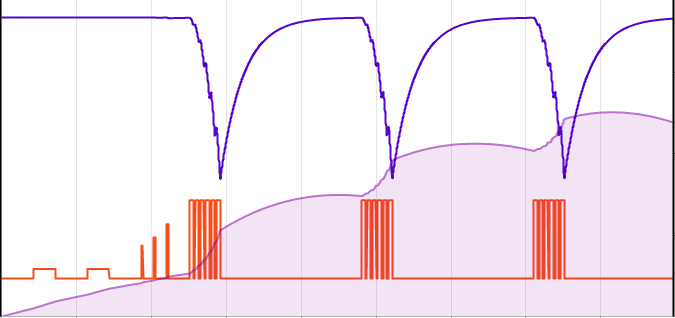 |
